The company is building a massive centrifuge to accelerate rockets and send them screaming into space.
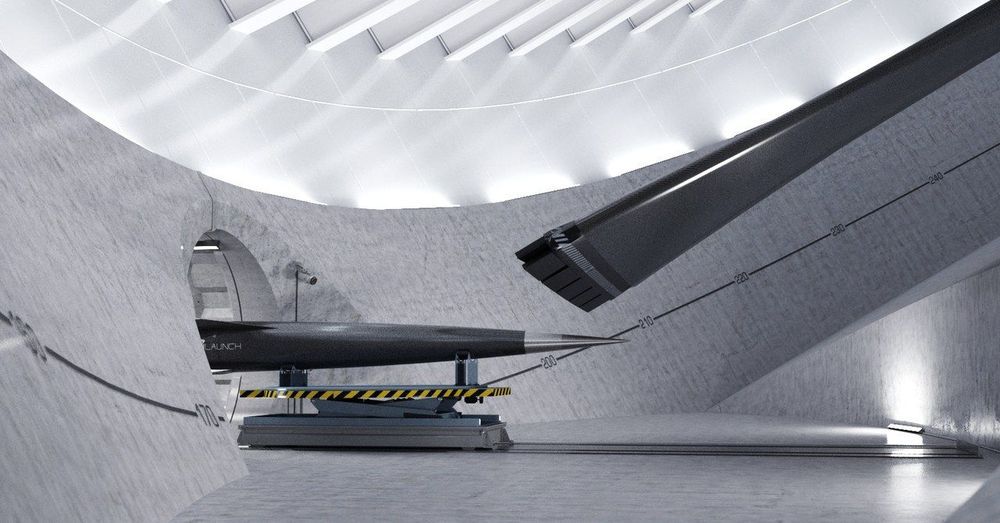

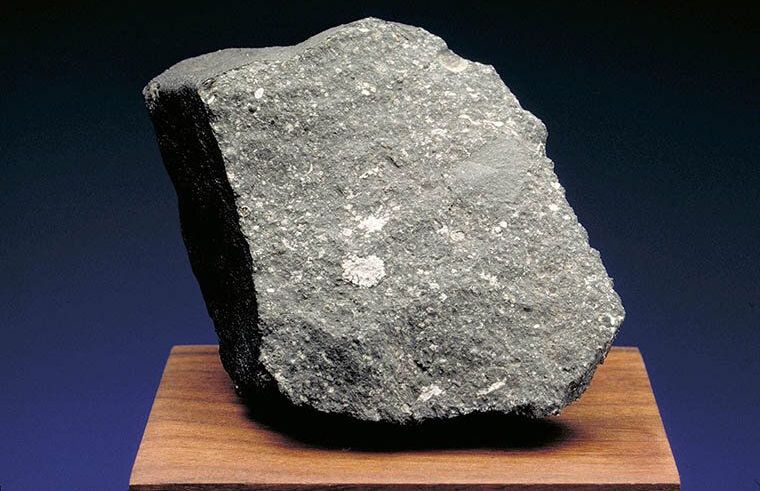
An unusual chunk in a meteorite may contain a surprising bit of space history, based on new research from Washington University in St. Louis.
Presolar grains—tiny bits of solid interstellar material formed before the sun was born—are sometimes found in primitive meteorites. But a new analysis reveals evidence of presolar grains in part of a meteorite where they are not expected to be found.
“What is surprising is the fact that presolar grains are present,” said Olga Pravdivtseva, research associate professor of physics in Arts & Sciences and lead author of a new paper in Nature Astronomy. “Following our current understanding of solar system formation, presolar grains could not survive in the environment where these inclusions are formed.”



When it comes to building the interior of a spacecraft, engineers often prioritize function over aesthetics, focusing on materials and hardware that are both safe and effective for executing the vehicle’s intended mission. But some scientists say it’s time to consider another crucial factor when designing a spacecraft’s insides: how it will affect the behavior of the passengers?
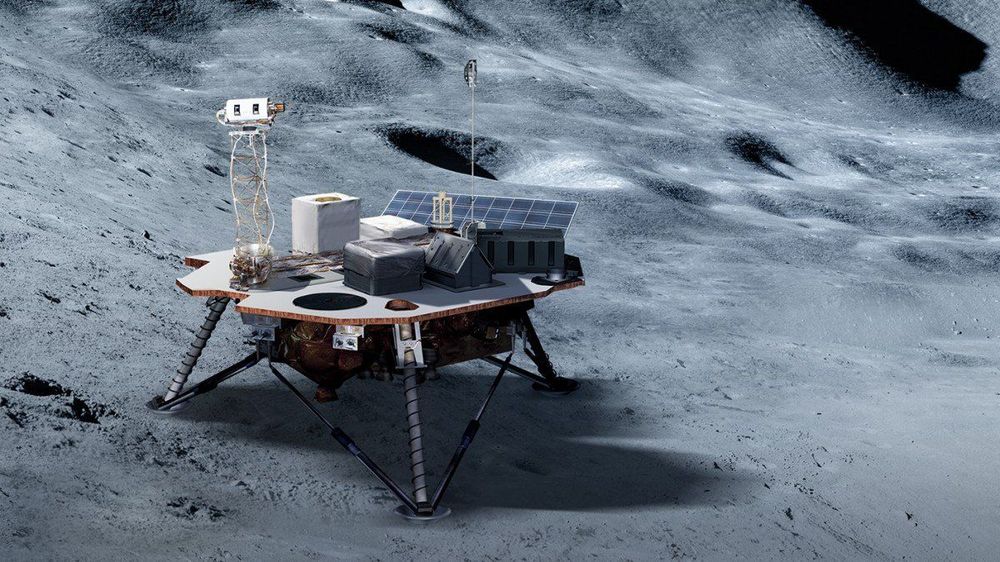
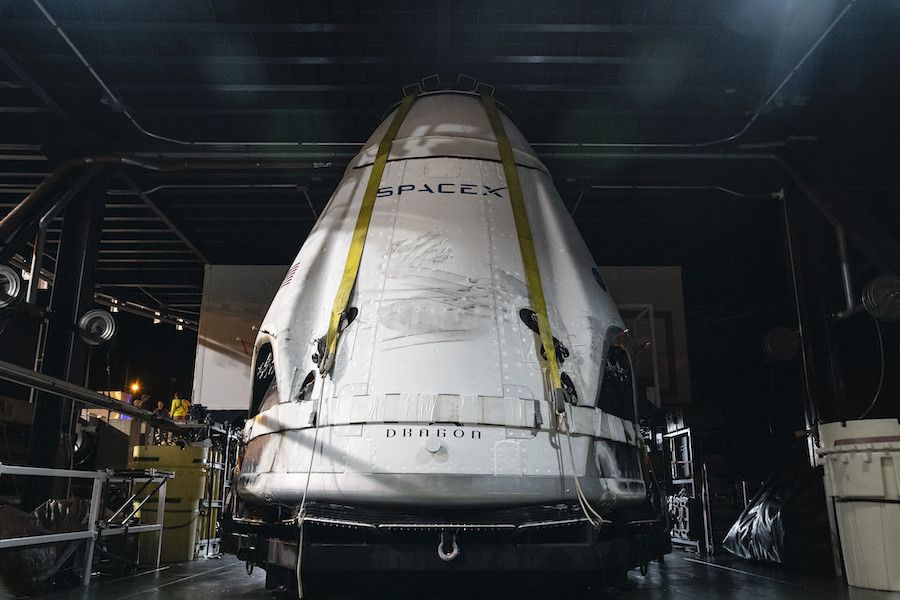
Data from the Jan. 19 in-flight launch escape demonstration of SpaceX’s Crew Dragon spacecraft indicate the performance of the capsule’s SuperDraco abort engines was “flawless” as the thrusters boosted the ship away from the top of a Falcon 9 rocket with a peak acceleration of about 3.3Gs, officials said Thursday.
The Jan. 19 test demonstrated the Crew Dragon’s ability to safely carry astronauts away from a launch emergency, such as a rocket failure, and return the crew to a parachute-assisted splashdown in the Atlantic Ocean.
For its final full-scale test before astronauts ride it into space, the Crew Dragon spacecraft lifted off at 10:30 a.m. EST (1530 GMT) on Jan. 19 from pad 39A at the Kennedy Space Center in Florida. A Falcon 9 rocket carried the capsule aloft — just as it would on a crewed mission — for the first 85 seconds of the mission.
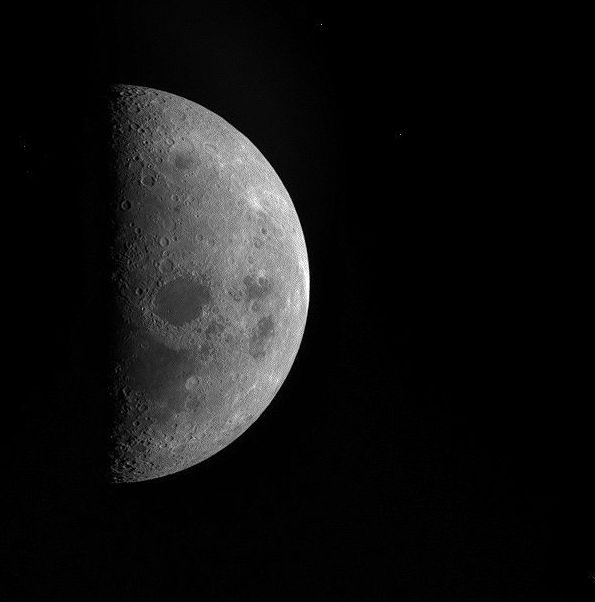
The idea of harvesting a clean and efficient form of energy from the Moon has stimulated science fiction and fact in recent decades. Unlike Earth, which is protected by its magnetic field, the Moon has been bombarded with large quantities of Helium-3 by the solar wind. It is thought that this isotope could provide safer nuclear energy in a fusion reactor, since it is not radioactive and would not produce dangerous waste products.
The Apollo programme’s own geologist, Harrison Schmidt, has repeatedly made the argument for Helium-3 mining, whilst Gerald Kulcinski at the University of Wisconsin-Madison is another leading proponent. He has created a small reactor at the Fusion Technology Institute, but so far it has not been possible to create the helium fusion reaction with a net power output.
This has not stopped the search for Helium-3 from being a motivating factor in space exploration, however. Apart from the traditional space-faring nations, the India has previously indicated its interest in mining the lunar surface. The use of Moon resources was also part of Newt Gingrich’s unsuccessful candidacy for the Republican party’s nomination for the US presidency in 2012.
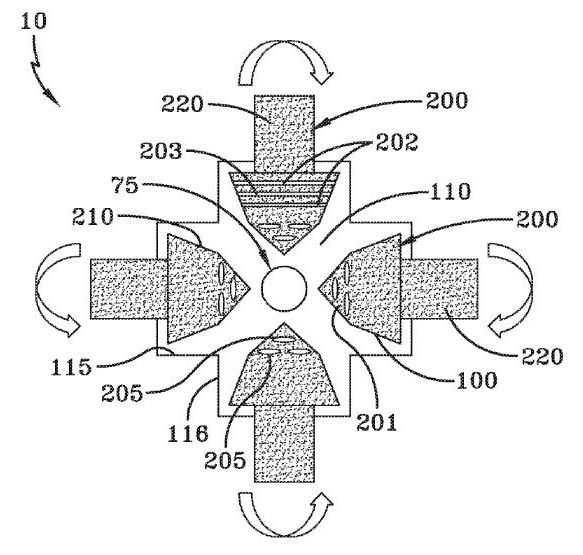
Essentially beyond this is a higgs boson reactor essentially a universe of power in a jar.
Scientists have longed to create the perfect energy source. Ideally, that source would eventually replace greenhouse gas-spewing fossil fuels, power cars, boats, and planes, and send spacecraft to remote parts of the universe. So far, nuclear fusion energy has seemed like the most likely option to help us reach those goals.